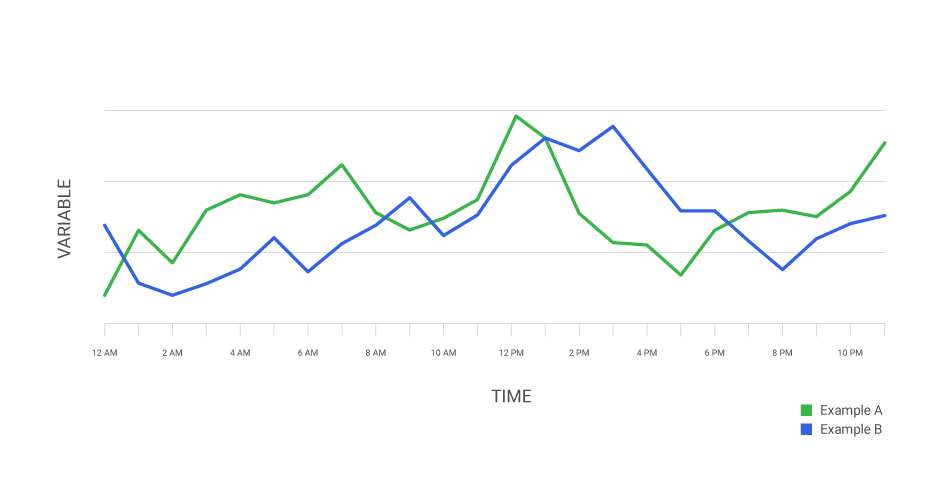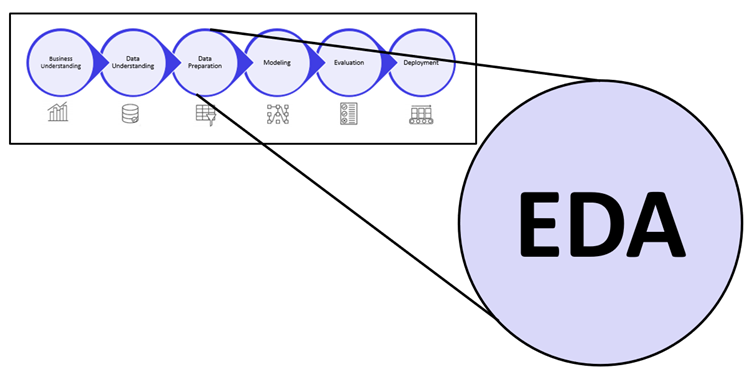Unveiling the Essence of Time Series Analysis
Introduction:
Time series analysis is an extremely useful instrument in the domain of data science as it delivers an advanced understanding of temporal patterns in data. Recognizing the complex network of repeated observations makes it possible to access a wealth of data from a wide range of fields, including finance, economics, meteorology, and healthcare. We set out to look into the underlying principles of time series analysis in this introductory blog post, exploring its importance, uses, and essential techniques while establishing the framework for a more in-depth examination of its intricacies.
Understanding Time Series Data
Consider time series data as an engrossing narrative that develops over time, conveyed through a succession of photographs that each represent a distinct point in the journey. These images are organized chronologically, much like book chapters do, and they create a clear picture of the thing being watched. Every data point, whether it be the daily swings in stock prices, the monthly patterns in sales numbers, or the annual variations in temperature, contributes to the story and sheds light on the workings of the society we live in. But comprehending time series data involves more than just realizing that it is sequential; it also entails going deeper into the data to find the underlying trends, patterns, and seasonal rhythms that influence its trajectory.
We set out on a journey of discovery using Exploratory Data Analysis (EDA), visualizing the data, finding patterns, and learning important things about its temporal dynamics. We solve the mysteries of autocorrelation, stationarity, and periodicity, piecing together the puzzle of time series data one observation at a time. Understanding time series data is essentially similar to interpreting the language of time itself, which is packed with meaning and just waiting to be understood.
Significance and Applications
Time series analysis is important in many fields, where its analytical insights and predictive power help with strategic planning and well-informed decision-making. Time series analysis is the basis of predictive modeling in finance, allowing investors to estimate stock values, predict market movements, and reduce risk. While economists use it to examine economic indices like GDP growth, inflation rates, and unemployment rates, meteorologists use it to predict weather patterns. Time series analysis is used in a wide range of fields, including marketing, energy management, healthcare, and more, and it influences the development of both economies and industries.





Such a refreshing read
ReplyDelete